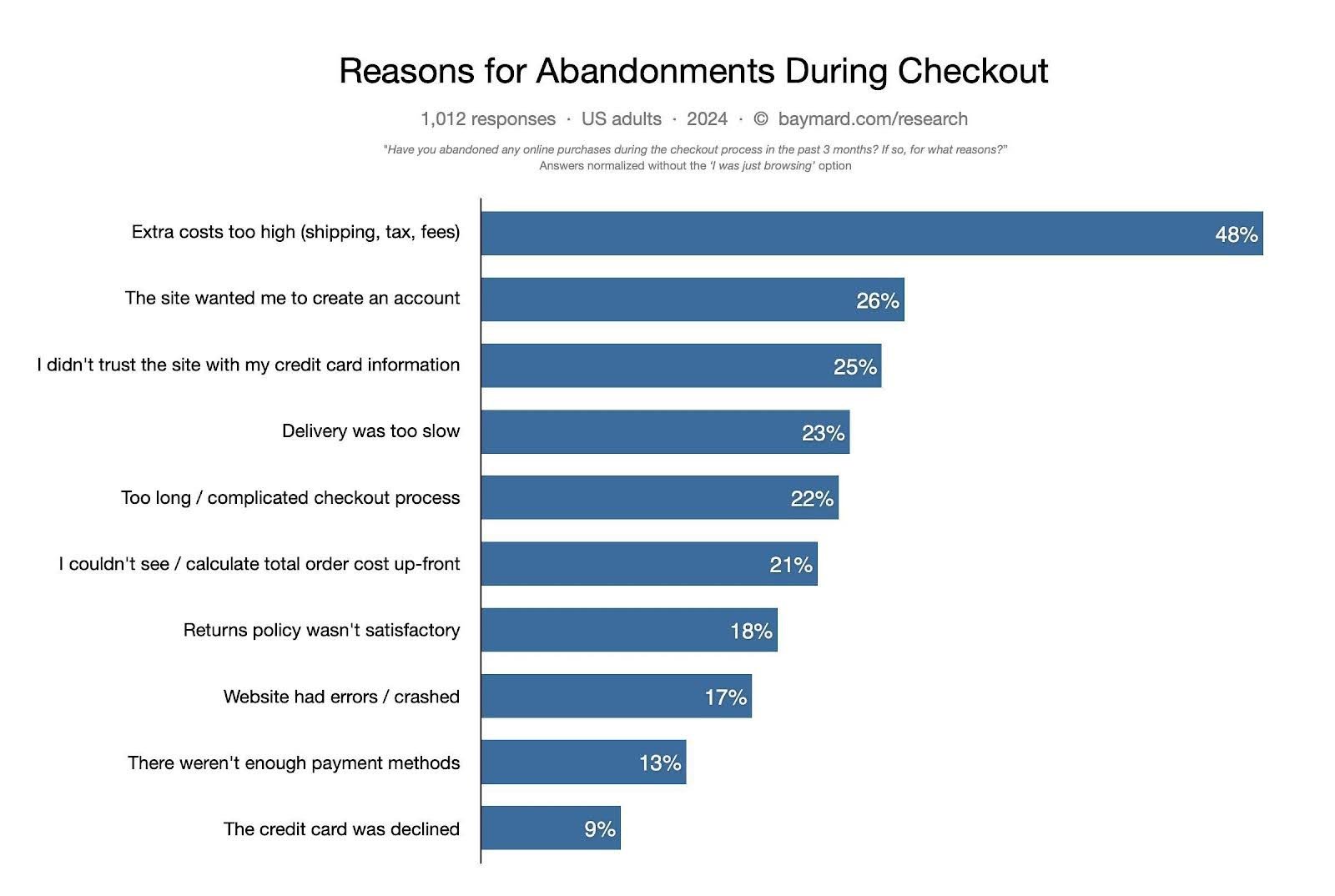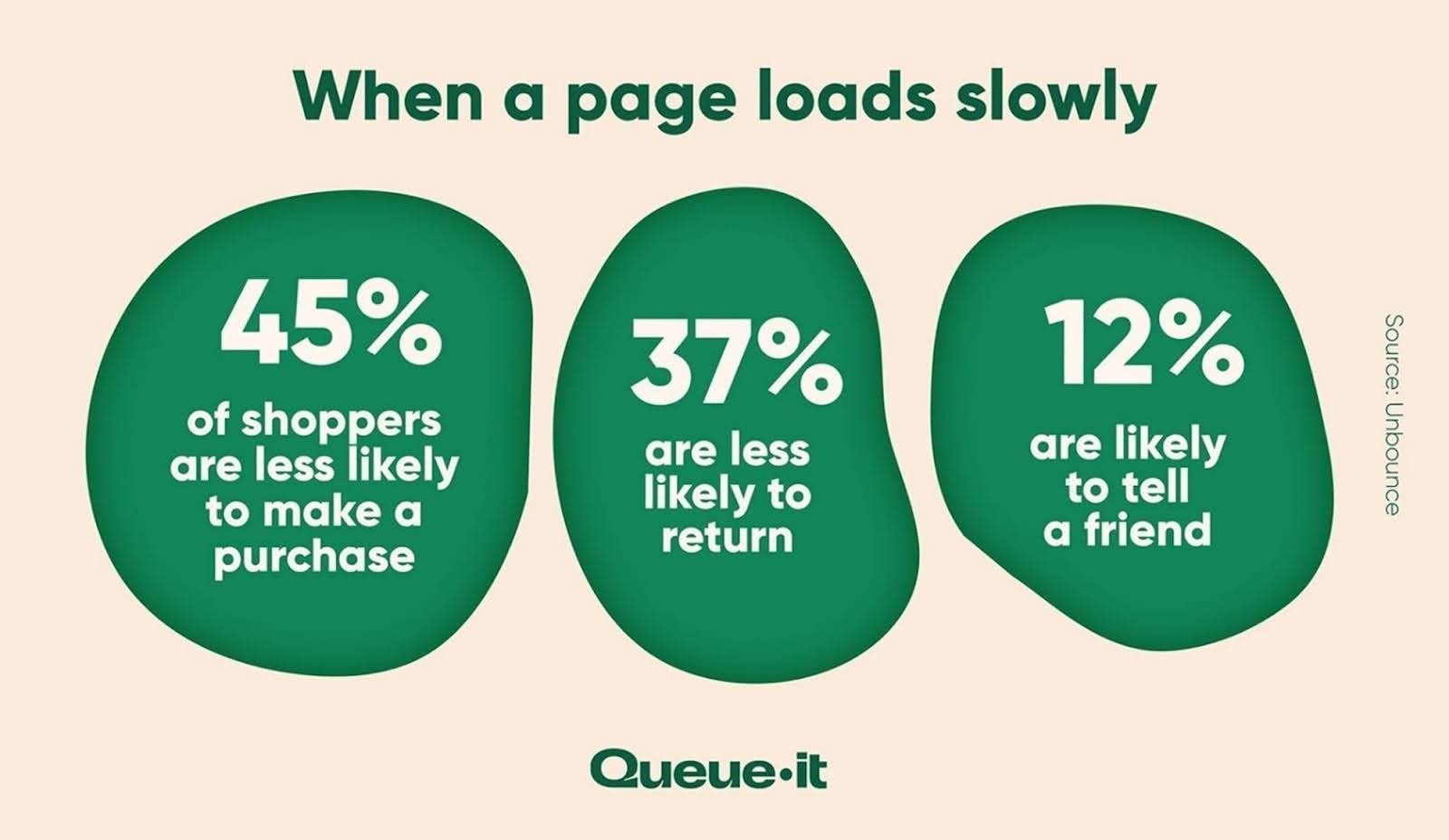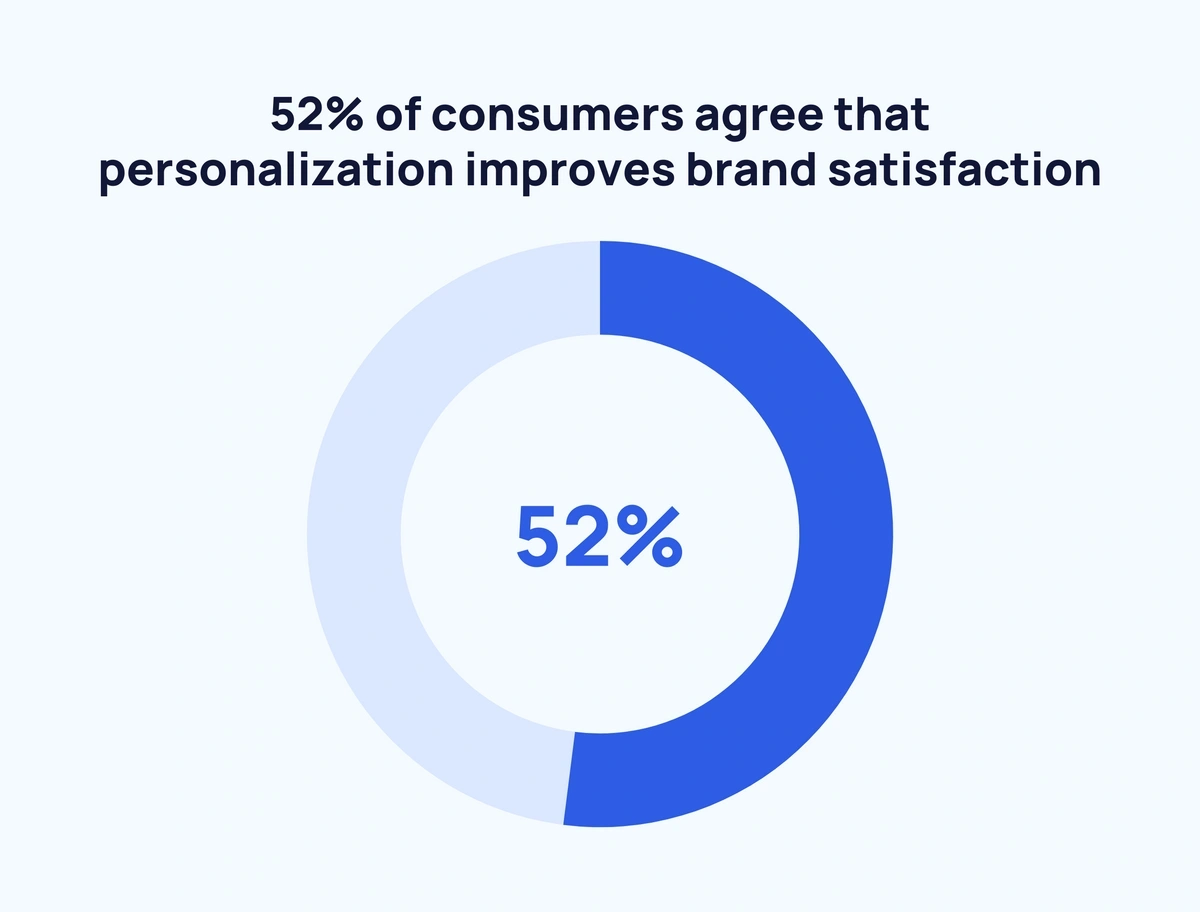To eliminate all obstacles and ensure your customers can buy with peace of mind, Guided Selling acts as a GPS, providing the most efficient path to their destination.
From the moment shoppers find their product, to the point of purchase, they go through a complete buying process with several different interactions. Each step of this customer journey is equally important, but even the smallest friction point can disrupt the process and lead to a lost sale. These eCommerce friction points are like roadblocks that frustrate customers and stop them from making a purchase. The result? Lower revenue, poor customer satisfaction, and missed growth opportunities.
To eliminate all obstacles and ensure your customers can buy with peace of mind, Guided Selling acts as a GPS, providing the most efficient path to their destination. Consider this blog post as your go-to handbook on identifying and eliminating all friction points and discovering why Guided Selling should be a must-have eCommerce strategy for you.
What are eCommerce Friction Points?
A friction point is any variable that slows down customers at different stages of the customer journey. Most of the time, store owners, eCommerce managers, and other professionals need to consider that these little issues can cause big problems. That’s why they are often called silent conversion killers. Whether it's a confusing checkout process, slow-loading product pages, extra confirmation, or complex site layouts, potential customers will find it hard to make a purchase and leave forever with a negative opinion.
Customers may begin the process with an eagerness to buy but repeated eCommerce friction points will hold them back, causing abandoned shopping carts or switching to a competitor with a better buying experience. Addressing these issues the right way can lead to:
- Better customer satisfaction
- Increased conversion rates
- Overall improved financial performance (which is crucial for business growth).
How to Identify eCommerce Friction Points?

Understanding why your customers don't convert is key to growth | Source
This Guided Selling tech provides several key benefits, but here are some of the most important ones you simply can’t overlook:
To optimize your eCommerce platform for a perfect customer journey, the first step is to audit your site for friction points that may stop customers from buying. A site audit involves reviewing each step of the customer journey to identify where shoppers could face frustration or delays. Pretend like you are a customer and go through the website, checking the product search features, checkout forms, potentially confusing elements, etc. The key metrics to track during your audit to identify eCommerce friction points are:
- Bounce rates: A high bounce rate can show you that site visitors are leaving your store too quickly, in the first few seconds. The main reason is poor navigation or very often slow load times.
- Cart cancellation rate: If many customers give up on their chosen products at checkout, it’s a strong signal that something is going wrong. Check your checkout page in detail, the forms, and everything in the final step.
- Time on site and page speed: If customers spend too little or too much time on certain pages, it could signal difficulty in finding what they need or frustration with load times.
- Exit pages: Identifying which pages customers leave the most (or not open at all) can help you locate some problem areas in your store in the customer journey.
To dig deeper, you can use tools and methods to identify and monitor customer frustrations, such as:
- Guided selling tools: These tools serve you by analyzing the customer behavior of your website and identifying specific touchpoints. The best Guided Selling software supports your visitors and helps you to optimize their shopping journey by learning directly from your target customers when it comes to the buying experience, navigation, product discovery, and everything related to their decision-making.
- Heatmaps and session recordings: If you want to see where potential customers are clicking and how they navigate your site, such tools will help you highlight areas where the customers may be getting stuck for future improvement.
- Google Analytics: Use the data directly from Google to track user behavior, identify high-exit pages, and monitor important KPIs like bounce and cancellation rates.
- Surveys and customer feedback tools: Directly ask customers about their experience on your site. Their feedback can provide insights into hidden pain points that data alone can’t reveal.
The Most Common Friction Points + Removal Suggestions

Website performance issues are common friction point enablers | Source
Friction points in eCommerce can come in many forms, but some of them show up more frequently than others. Often, most of them go unnoticed, but have a significant impact on the overall customer experience. We will come up with the most common ones among eCommerce platforms and provide you with concise suggestions for removal. Take a seat, and let’s dive in:
1. Complex Navigation and Poor Site Structure
In eCommerce, simplicity is key, and when customers struggle to find what they are looking for, they will probably go away without a purchase. Complex menus, unclear categories, or too many steps to reach key products directly impact revenue loss. Poor site structure forces the customers to invest time and effort in browsing, increasing the chance they will close the site soon.
To prevent this scenario, a product finder tool can help you simplify navigation by guiding customers directly to the products based on their preferences and behaviors. This reduces the frustration of searching through poorly structured categories and boosts the overall shopping experience.
2. Slow Page Load Times
When a website takes too long to load, customers often become impatient and may choose to leave rather than wait. Slow page load times are a significant friction point that can ruin the customer experience, and from our experience, only a one-second delay in loading time can lead to a noticeable drop in conversion rates. All pages on your website should offer smooth load times, so make sure to:
- Optimize all images by compressing them for higher quality and lower memory capacity
- Reduce the number of elements on the page for fewer HTTP requests to the browser
- Enable browser caching so that returning visitors don’t have to reload the page
- Use regular website domain and hosting
3. Lack of Personalized Recommendations
Many eCommerce brands struggle to provide personalization for their products to attract their target audience. This lack of personalization can cause a serious eCommerce friction point if visitors scroll through the website and see generic products they are not interested in. By using advanced algorithms and behavioral data, Crobox’s Product Finder offers highly personalized product recommendations that help customers discover products they might not have found on their own. This reduces decision issues and creates buying momentum directly addressing this friction point.
4. Insufficient Mobile Optimization
With a growing number of consumers shopping on their mobile devices, insufficient mobile optimization should be a major concern. If your website is not designed for mobile users, it can lead to frustrating experiences characterized by slow load times, difficult navigation, and improperly formatted content.
All features should be mobile-optimized and designed to work perfectly on multiple types of devices. By providing personalized product recommendations and a guided shopping experience optimized for mobile users, your mobile customers have an equally smooth and engaging experience as the others.
5. Complicated Checkout Process
A complicated checkout process is one of the most significant friction points in eCommerce nowadays. If your customers face long and confusing forms, or multiple checkout layers without instructions, their frustration can quickly escalate, and guess what…it will result in abandoned carts. We bet you don’t want a headache like this, so Guided Selling can help in providing a more straightforward checkout process with personalized offers and reminders based on customer behavior.
For example, Crobox can prompt customers to complete their purchases with specific messages and purchasing advice, reducing cancellation rates on the go.
Guided Selling: A Key to Minimize Friction in eCommerce

Personalization tactics can greatly elevate your eCommerce brand | Source
Guided Selling is a modern eCommerce approach designed to simplify the buying process by providing customers with personalized assistance through their purchasing journey. This strategy helps in removing friction points by guiding users to the products that best meet their needs, making their shopping more enjoyable. Many brands use recommendation engines, chatbots, interactive quizzes, etc.
It’s worth mentioning that Guided sSelling also plays a crucial role in decision-making. With all on-point recommendations based on user behavior, past purchases, and preferences, this approach helps customers quickly identify the best options. For example, guided selling software can ask visitors about their needs, narrowing down (filtering) better products more easily. Personalized interactions are an evergreen method to boost the shopping experience and build trust during the purchasing process.
Key Takeaways
To sum up, identifying and eliminating the eCommerce friction points can be challenging for many brands and business owners in every industry. Using strict analyzing practices, a Guided Selling eCommerce approach, and specific tools can lead you to awesome results.
- Regularly audit your site to find common issues like slow load times and complicated navigation to identify friction points.
- Simplify site structure, optimize for mobile, and streamline the checkout process for better user experience during the customer journey.
- Use personalized recommendations to guide customers and simplify decision-making. This Guided Selling approach is hotter than you think.
- Track bounce rates, cart cancellations, and customer feedback to mark areas for improvement.
- Invest in technology and use tools that will straighten your eCommerce strategy for higher revenue and conversion rates after boosting the overall shopping experience.
If you want to connect the dream customers to your products, consider our AI-powered Guided Selling solutions. Book a demo with us to see what we can do for you.

